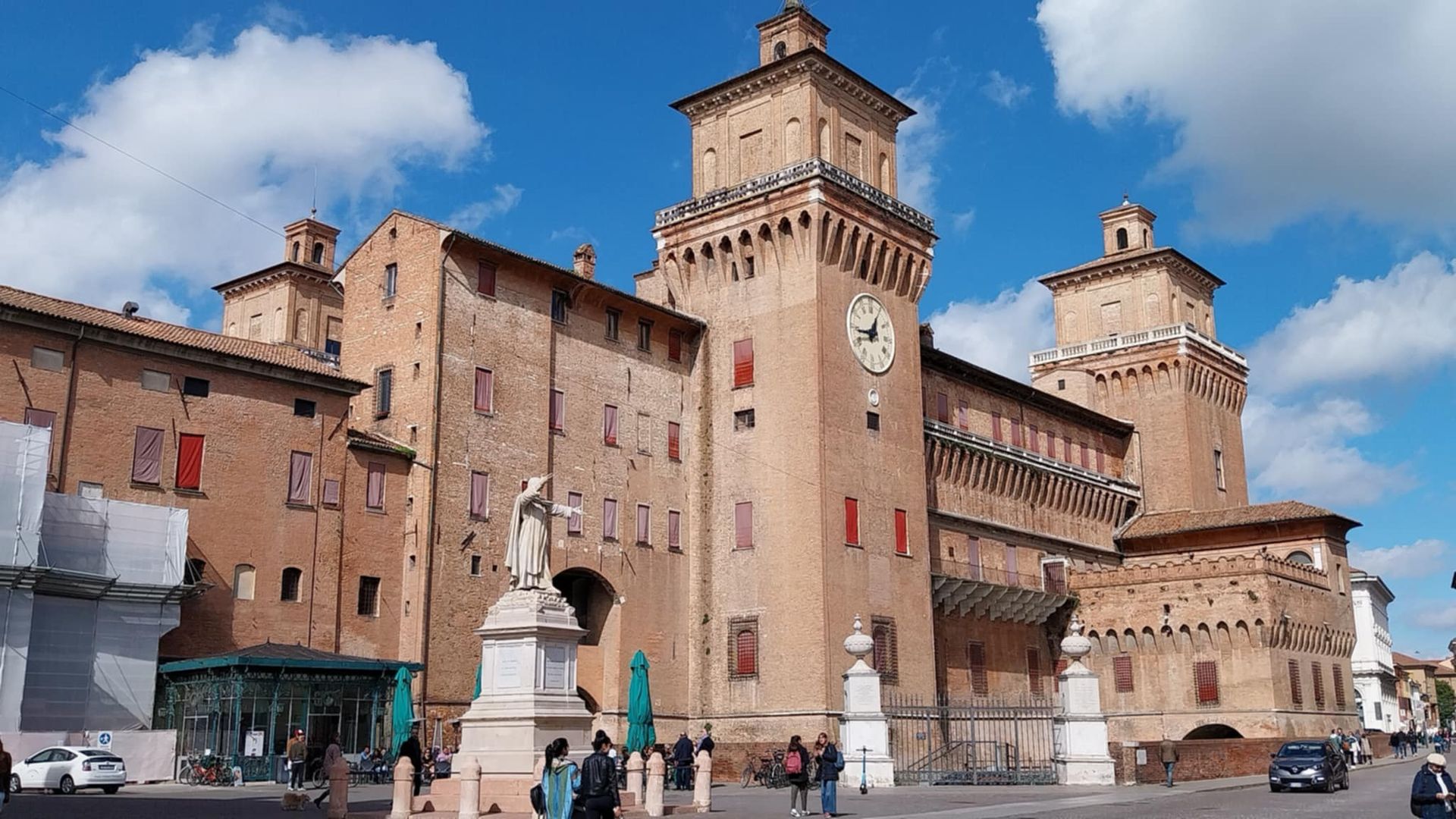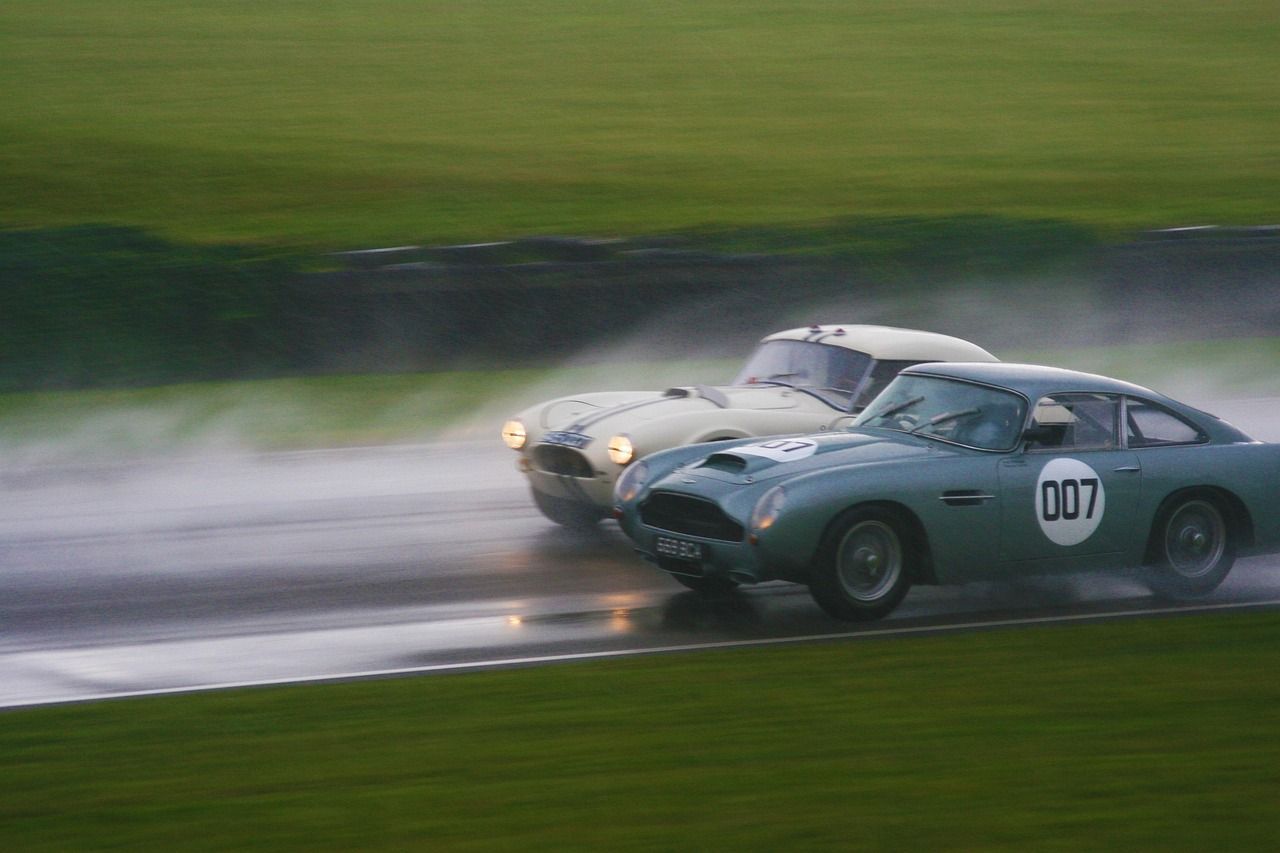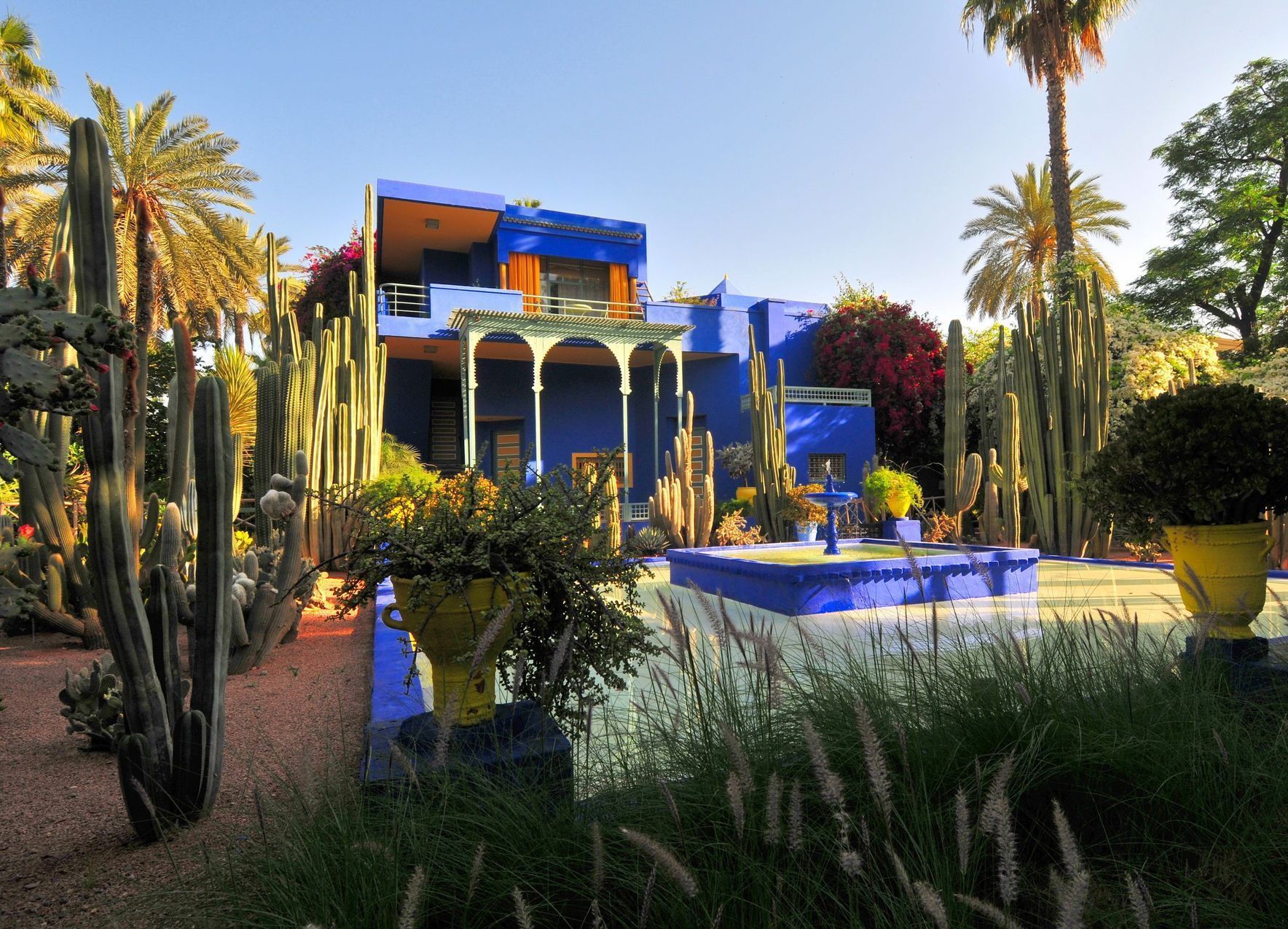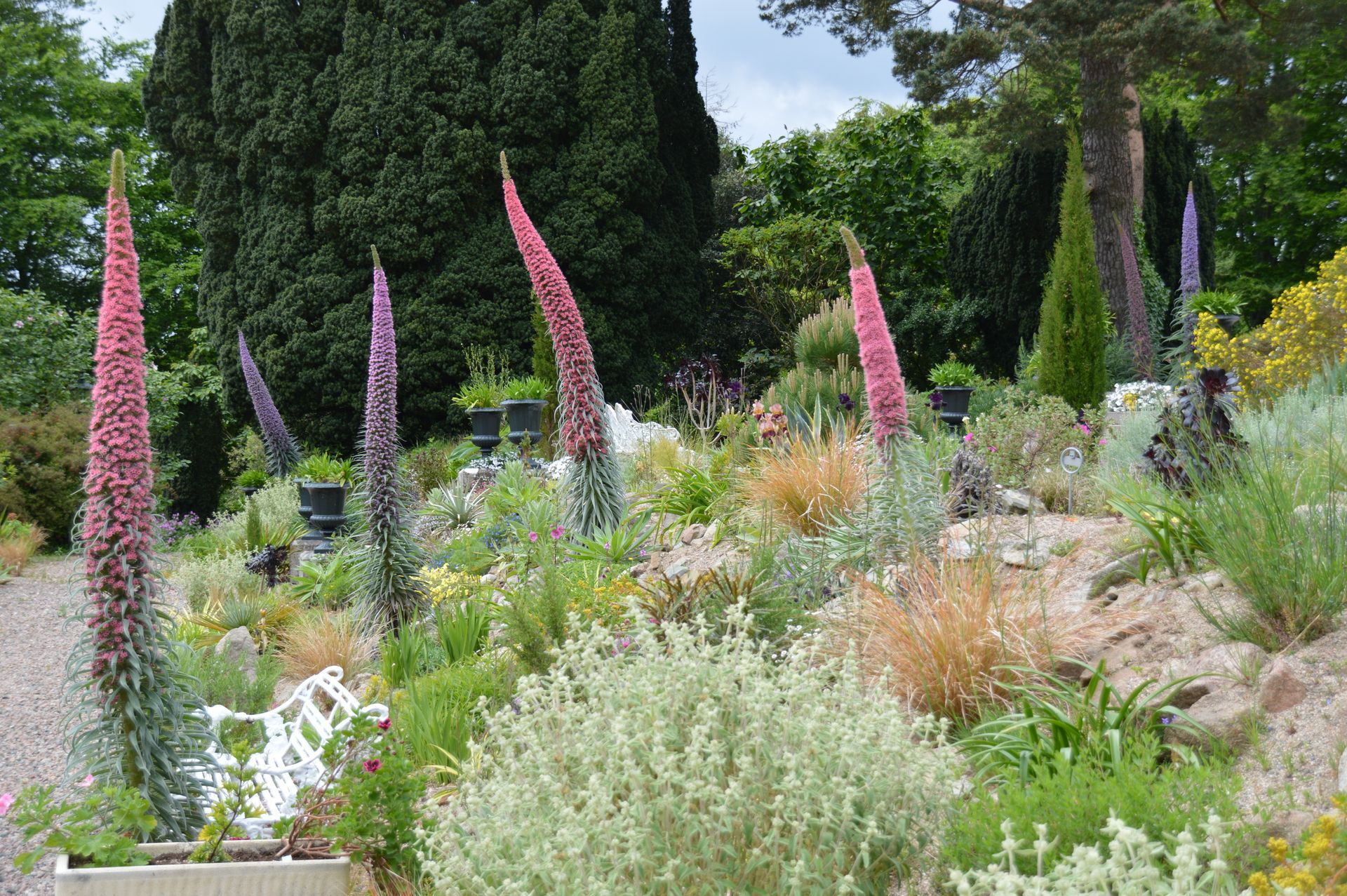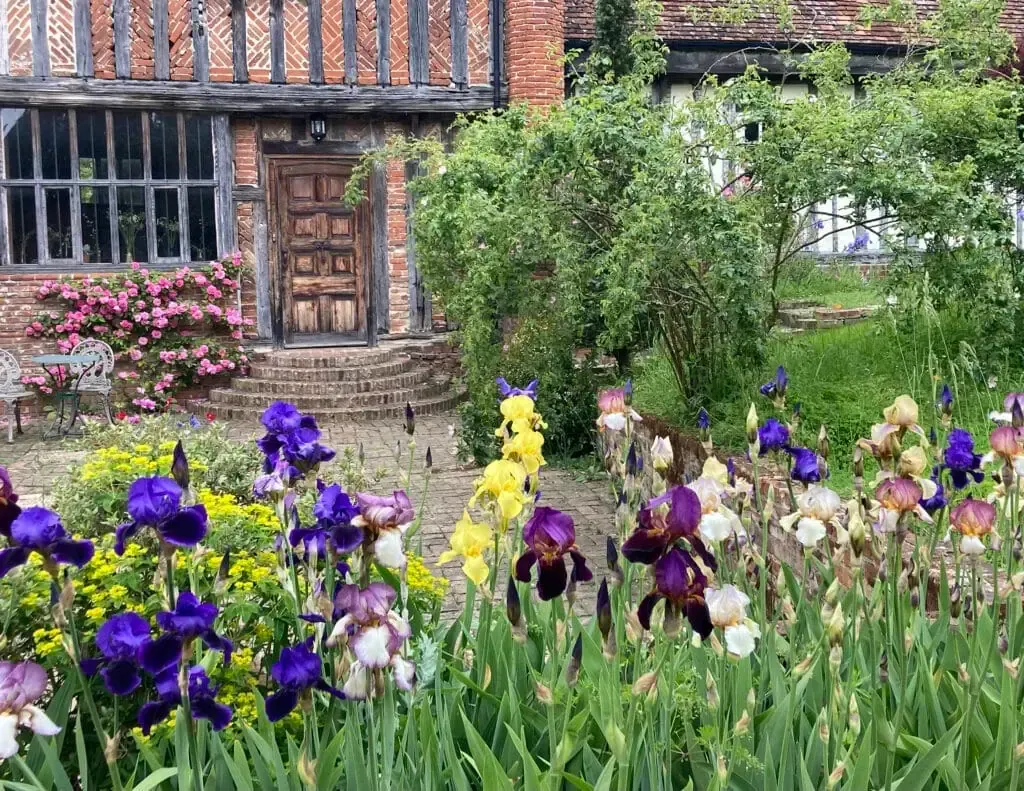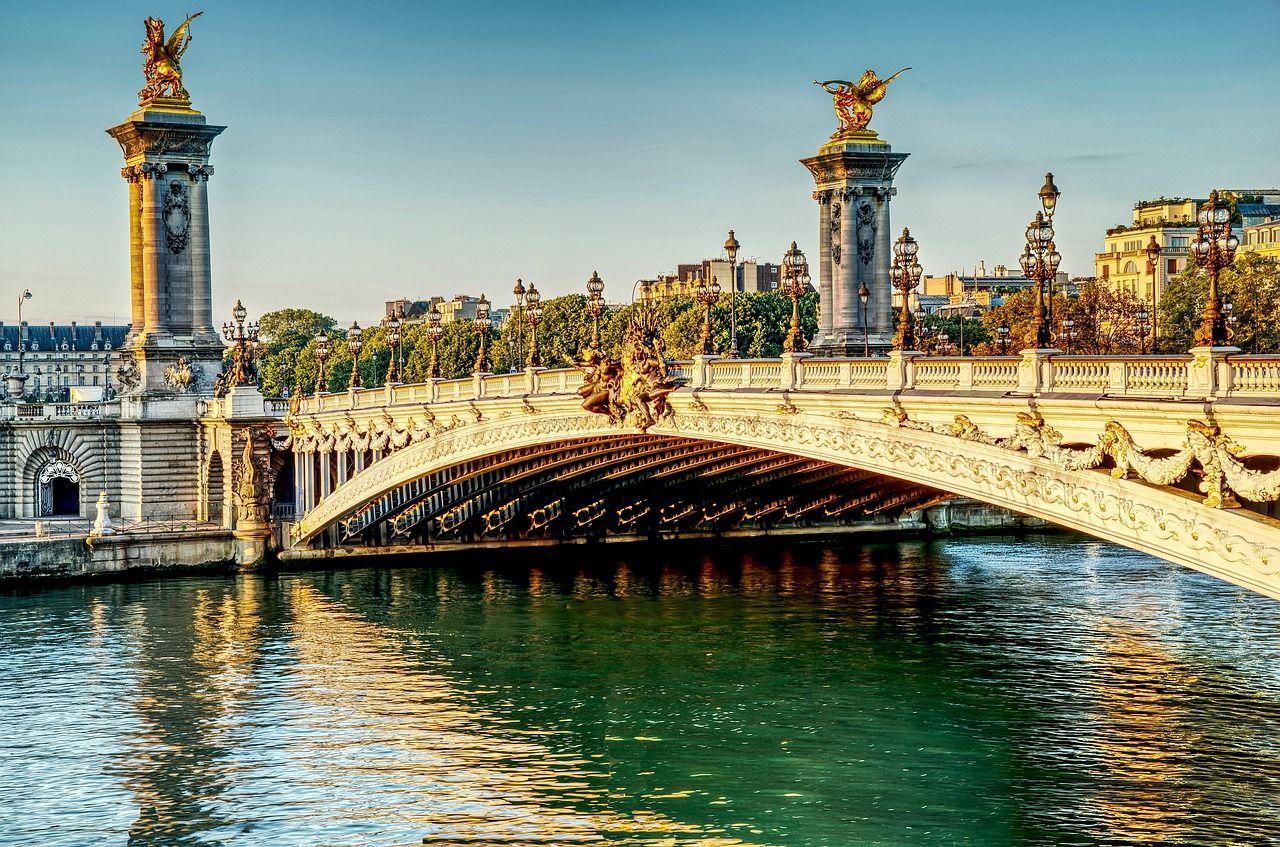MANTUA AND FERRARA The Splendours of the Gonzaga
6 days | Coming soon | 16 - 21 June 2026
The Splendours of the Gonzaga
From a distance, the city of Mantua with its medieval skyline of towers and battlements appears like an impregnable castle. Its island-like position in the middle of three artificial lakes fed with water from the river Mincio adds to this ambience. And just like Venice, Mantua’s beauty is unveiled through the ever-changing interaction of light and water. Against this backdrop one of the most illustrious courts of northern Italy was staged. Ever since the Gonzaga had risen to lordship over Mantua in 1328, it had developed into one of the most distinguished and admired cities in Europe. Countless artists, musicians and writers added to its fame: Pisanello, Leon Battista Alberti, Andrea Mantegna and Giulio Romano. While Claudio Monteverdi wrote his first opera there, Peter Paul Rubens had been court painter to the Gonzaga. The town is the background to Verdi’s Rigoletto and the setting of Romeo’s exile in Shakespeare’s play. On this Art Pursuits Abroad tour we are going to explore the hidden treasures in those narrow, atmospheric cobbled lanes and the cultural must-haves lining the cities beautiful piazzas such as the grand Palazzo Ducale or the Palazzo del Te with their world-famous wall paintings. Together with Mantua, the walled town of Sabbioneta became a UNESCO world heritage site in 2008. Unlike Mantua that was renewed and extended during the Renaissance, Sabbioneta is the built reality of the period’s ideas of an ideal city. But just like Mantua, this city is also a testimony to the architectural and artistic ambitions of the Gonzaga family and the role they played in the dissemination of the ideals of the Renaissance. We complete our tour with an overnight stop in Ferrara, one of the jewels of northern Italy with its remarkable Renaissance palaces and Romanesque cathedral.
Day to day Itinerary
Day 1
Morning flight from London to Bologna. By coach to Modena, birthplace of Pavarotti, Lamborghini and Ferrari and where the Este family fled after their exile from Ferrara. After an independent lunch near to the piazza, a UNESCO World Heritage Site, we study the exquisite Romanesque architecture and sculpture of the cathedral with its early gothic campanile. We continue to the Galleria Estense housing much of the Este collection with works by El Greco, Guido Reni and Bernini, to mention just a few. Upon arrival in Mantua, an introductory walk including the 11th c. Rotonda di San Lorenzo and the Cathedral of St Peter will be followed by our first group dinner.
Day 2
The grand Piazza Sordello, Mantua’s oldest square encapsulates the town’s history. Bordered by medieval palaces and towers, this square has always been the political centre of town. Next to the Episcopal palace and cathedral, reminder of Mantua’s early history, the labyrinthine complex of the Palazzo Ducale is witness to the rise of the Gonzaga family. This monumental building with countless rooms, halls, corridors and courtyards houses an abundance of art ranging from Andrea Mantegna’s head-spinning Camera degli Sposi to Isabella d’Este’s famous grotto and studiolo. In the afternoon, we visit the Duomo and the imposing church of Sant’Andrea designed by Alberti in 1472 on commission of Ludovico Gonzaga.
Day 3
Coach excursion to Sabbioneta where Vespasiano Gonzaga’s architectural dream of an ideal Renaissance city had come true. As military engineer to King Philip II of Spain he paid much attention to the still surviving fortifications. Our visit will take us to the Palazzo Ducale, the Teatro all’antica, designed by Vincenzo Scamozzi in 1588 and the Galleria degli Antichi. After an included lunch, return to Mantua for some free time.
Day 4
A pleasant morning stroll will take us towards the green urban fringe of Mantua. Still within the city’s limits lies the Casa del Mantegna. Even here, in the architecture of his private home, Mantegna plays with perspective surprises. The Casa di Giulio Romano of 1540 is matching Mantegna’s home with an outstanding facade. The church of San Sebastiano is a second superb example of Alberti’s church designs. The Palazzo di San Sebastiano, originally built as summer residence to Francesco II – now housing the Municipal Museum with wall paintings by Andrea Mantegna “Caesar’s Triumphs” – was then preplaced by the extraordinary Palazzo del Te. This masterpiece of an Italian villa suburban was created by Giulio Romano for Federico II to equally meet his private passions such as his horses (and his mistress) as well as public, political aspirations.
Day 5
This morning, we check out of our hotel for a coach journey to Ferrara which has been granted the status of World Heritage Site by UNESCO. After coffee in a cafe on one of the old mediaeval streets, our first visit is to the Cathedral of Ferrara, the Basilica of San Giorgio, its exterior one of the finest examples of Italian Romanesque architecture. The interior, remodelled in the 18th century, houses paintings by Guercino, Il Garofalo and Francesco Francia. We will then visit the Cathedral Museum, housed just across the road in the old Church of San Romano, with its wealth of sculptures by Jacopo della Quercia, paintings by Cosme Tura and Garofalo, tapestries and illuminated manuscripts. Lunch will be independent, but we reconvene in the Piazza Cattedrale for the short walk through the Addizione Erculea, a remarkable piece of Renaissance town planning from the end of the 15th century, to the Palazzo Diamanti which now houses the city’s main art gallery. From there we will walk to the old pleasure palace of the Este lords, Palazzo Schifanoia, with its frescoes depicting the court of Duke Borso d’Este including representations of the zodiac and the months of the year by the Ferrarese artist Francesco del Cossa. Check in to our hotel in Ferrara with some free time before dinner.
DAY 6
This morning, we check out of our hotel and take a short walk to the House of the poet Ludovico Ariosto. One of the most important writers of the Italian Renaissance, Ariosto's epic, Orlando Furioso, would become an inspiration for writers, artists and composers throughout the following centuries. In all probability designed by the court architect Girolamo da Carpi, the museum houses early editions of Ariosto’s work, as well as furniture and writing paraphernalia associated with him. From there, via a coffee stop, we walk to Castello Estense, the great fortress built from 1385 by the Este lords of Ferrara to overawe their own subjects. By the end of the 15th century, what had been an austere castle had become a luxurious palace under the renovations of Duke Ercole I and his son Alfonso I. This would be where Alfonso’s sister, Isabella d’Este would grow up and it would become the home of his second wife, Lucrezia Borgia, as well as their son Ercole II and his wife Renee of France. From the Castello we will walk through the old Jewish quarter of Ferrara to explore the city’s rich Jewish history, thanks to the protection of the Este family. An independent lunch will be possible among streets here (I’d suggest the Osteria del Ghetto). After some free time, we will reconvene at the hotel for the coach to take us to the airport.
Hotel Casa Poli
The Hotel Casa Poli is located in the heart of Mantua. Its location, hospitality and refined atmosphere offers guests a comfortable stay. Rooms combine minimalistic design with luxurious finishings.
Hotel Ferrara
Nestled within the centre of Ferrara is Hotel Ferrara, a stunning 14th-Century castle turned Hotel. Rooms are elegant and spacious with views over the Estense Castle featuring traditional designs, wooden flooring and elegant furniture.
Coming soon
Departure Dates:
16 - 21 June 2026
Duration:
5 nights / 6 days
Your Holiday Includes:
- Scheduled return flights from London to Bologna
- Four nights' bed and breakfast at Hotel Casa Poli in Mantua
- One nights' bed and breakfast at the Hotel Ferrara
- Private coach transfers and excursions
- Two evening meals and two lunches
- Guided visits to sites listed in the programme.
- Services of the lecturer and tour manager.
- Detailed programme and study notes.
- All entrance fees, taxes, and gratuities for coach drivers and serving staff
Tour Lecturers
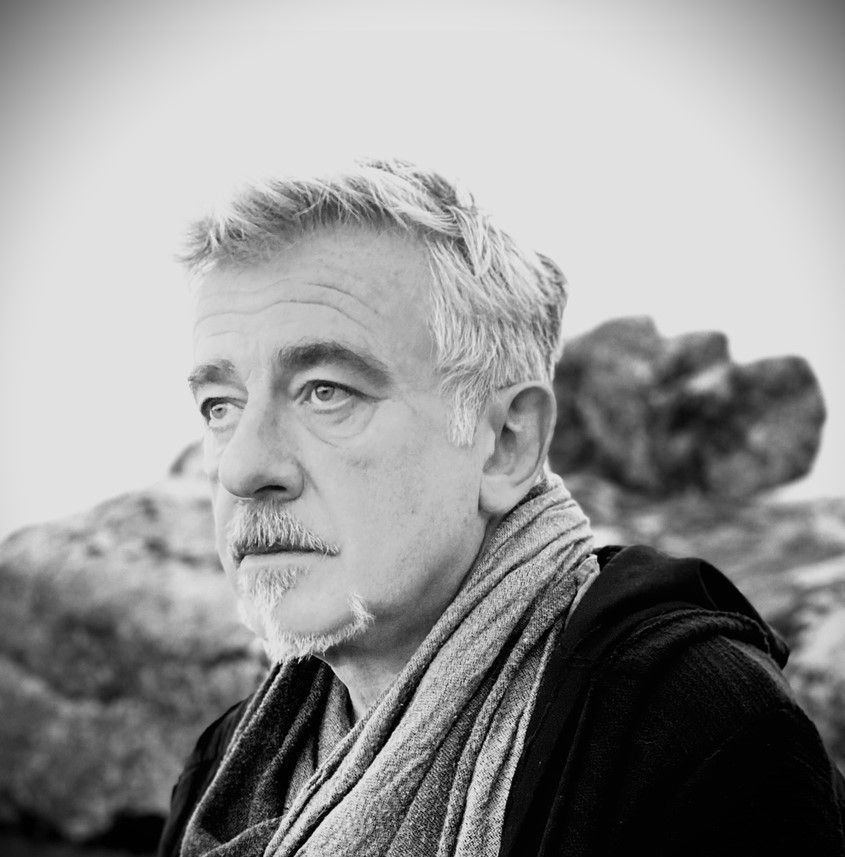
Kevin Childs
Kevin Childs is a freelance writer and lecturer on culture and art history in the United Kingdom and Italy, where he leads specialised tours of Rome, Venice, Florence and parts of Northern Italy. He has a BA degree from Oxford and a doctorate from the Courtauld Institute looking at aspects of Michelangelo’s influence on his contemporaries. As well as convening and contributing to courses at the Victoria and Albert Museum he has taught on the Art History and Visual Culture BA course at Exeter University. He has written regularly for The Independent and Huffington Post and has published articles and reviews in The New Statesman, The Guardian and The Times.
Travel Information
The price does not include extras at the hotels or travel insurance.
Please note that Art Pursuits use hotels of character featuring a variety of rooms & styles.
Stamina
Please note that some of our tours can involve a fair amount of walking, sometimes across uneven ground. Please contact us if you would like more information.
Contact Info
Tel: 01280 430 175
Email: hello@fineandcultural.com
WhatsApp: +447946892834
Fine and Cultural Tours Ltd
1 West Street, Buckingham, MK18 1HL
Tours
Quick Links


All Rights Reserved | Fine and Cultural Tours | Booking conditions | Privacy Policy
